Everyone knows what the final stages of addiction look like despair, degradation, and hopelessness. But how about the first stage of addiction? What does it involve? And is it possible to tell if someone you love is going through it?
In this blog from Samarpan Recovery, we look at this embryonic stage of addiction and give you advice on how to help people who are in addiction.
What is the First Stage of Addiction?
The first stage of addiction is known as initiation, which is when a person tries a substance for the first time. According to the National Institute on Drug Abuse (NIDA), most people with an addiction tried their drug of choice before 18 and had a substance abuse problem before they were 20.
People experiment with drugs for many different reasons, but the most common are either peer pressure or curiosity. When someone is influenced by peer pressure, several of their friends may have already taken the drug before and attempt to coerce this person into also taking it.
Some people are by nature very curious, and seek out drugs by themselves, even though few of their friends are taking them. It is not uncommon for drug users to report that drug education in school actually piqued their interest in taking drugs!
While most people who begin taking drugs do not develop an addiction after taking drugs, a certain percentage do. The number who go on to form substance addiction depends on the drug they use.
NIDA estimates that around 9% of people who use cannabis become addicted to it, while about 25% of people who try heroin become addicted. The reason for this is twofold. Firstly, “harder” drugs like heroin have a more addictive nature than drugs like cannabis. The effects are more pronounced and deliver a larger dose of dopamine - a chemical in the brain that causes pleasure.
Secondly, while almost half of 12th graders have tried cannabis, only 0.4% of 12th graders try heroin. This fraction of young people who try heroin are tragically those who are most likely to get hooked, as they are likely attempting to escape a mental health problem or reality that they find unpleasant. These issues can accelerate dependency.
Of course, older people also develop addictions. It is not uncommon for people in their 30s, 40s, and older to get hooked on drugs like heroin, crack cocaine, and crystal meth. Often, these older people have encountered a life change that they are struggling to deal with, so get drawn to drugs to cope.
What are the Seven Stages of Addiction?
Addiction specialists often consider there to be seven distinct stages of addiction that people go through.
Stage 1: Initiation
When a person tries a substance for the first time.
Stage 2: Experimentation
At this stage, your loved one is still making a conscious decision to use. Substance use may become compulsive and more frequent during this second stage, though a person can easily cease use as they have not yet developed a dependency.
Stage 3: Regular Use
By this stage, a user has developed a pattern of use. They may take this substance when they feel stressed out, depressed, or lonely. This is the stage at which it becomes more difficult for a drug user to back out of using.
Stage 4: Risky Use
The negative effects of drug use started becoming pronounced. It is likely that people close to this person start noticing changes. They may start having financial difficulties, neglect their work or school work, and often appear inebriated.
Stage 5: Dependence
When someone has consistently used drugs for an extended period of time, they become dependent on them. Once they attempt to quit, they may go into withdrawal and experience unpleasant side effects such as low mood, aching joints, shaking, nausea, and vomiting. Withdrawal from certain drugs at this point can also be dangerous, as fatal seizures can occur.
When someone is in this stage of addiction, professional intervention may be required.
Stage 6: Addiction
During this addiction stage, the user is unable to live without substances, and their life revolves around getting and using their drug of choice. Brain changes occur which make getting clean from drugs difficult and complicated.
Stage 7: Crisis/Treatment
Users at this stage often lose jobs, relationships, and connections with family. Their life completely breaks down. They may experience homelessness and incarceration in prison or mental health facilities.
The Warning Signs of Early Addiction
There are unlikely to be any warning signs during the first stage of addiction. However, during subsequent stages, you may be able to detect signs that your loved one is becoming addicted.
Differences in Mood/Personality
People who start getting addicted to drugs often seem “different”. You may notice that your loved one has become unusually energized, or particularly sleepy. They might talk endlessly or seem uncharacteristically quiet.
Changes in Pupil Size
Drugs often change the size of a person’s pupil. How their pupil changes depends on the drug they take. If your loved one often has large, saucer-like pupils, they may be hooked on a stimulant like cocaine or crystal meth. If they consistently have tiny pupils like pinpricks, they may be dependent on an opioid like Oxycontin or heroin.
Financial Changes
Does your loved one seem to be spending a lot of money at the moment? This is another indication that they might be developing a dependency on drugs. Note that in the early stages of addiction, while drug tolerance is low, someone may not actually be spending that much money on getting high. Someone in early addiction to heroin, for example, may only spend 10 dollars per day on this drug.
Drug Paraphernalia
If you often find smoking paraphernalia like bongs or pipes, rolled-up notes, small plastic bags, pieces of aluminum foil, or wraps of cardboard, your loved one may be developing an addiction.
The Benefits of Seeking Professional Help for Early Addiction
While you may not be aware of when your loved one first uses drugs, there are likely to be signs of their drug use in the formative stages. Catching these signs can prove crucial.
If you are able to get help for your loved one before their addiction has ;tten out of control, there is a much higher chance of them being able to get clean and go on to live a full life, without any lasting consequences.
For more information on signs to look out for or to talk about we can help your loved one with their addiction, contact Samarpan Recovery today.






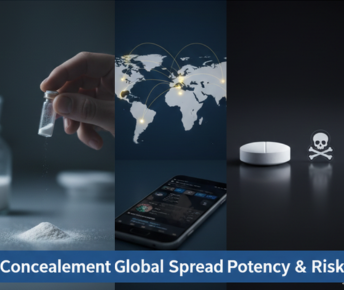
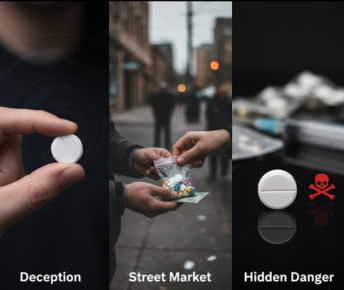

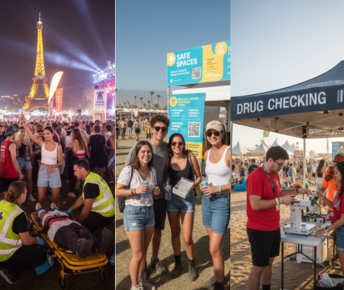

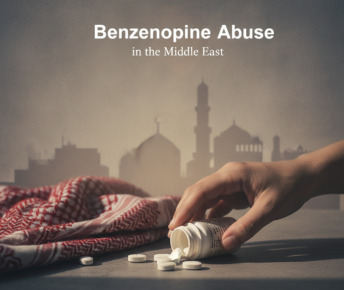
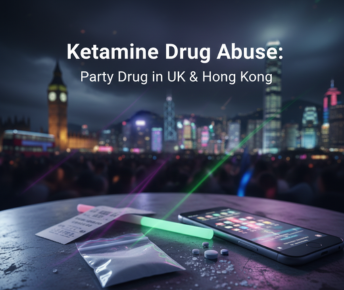
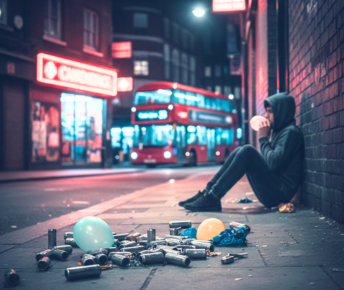










 Yes, many offer serene environments and solid therapeutic frameworks. However, quality varies, so it’s essential to research accreditation, staff credentials, and therapeutic depth.
Yes, many offer serene environments and solid therapeutic frameworks. However, quality varies, so it’s essential to research accreditation, staff credentials, and therapeutic depth.




